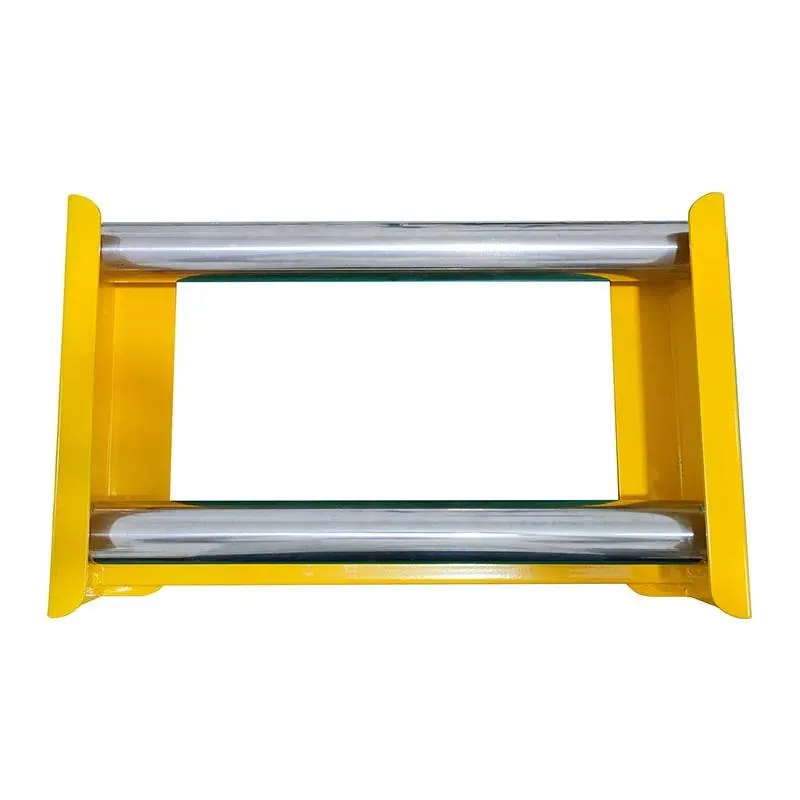
-
 Afrikaans
Afrikaans -
 Albanian
Albanian -
 Amharic
Amharic -
 Arabic
Arabic -
 Armenian
Armenian -
 Azerbaijani
Azerbaijani -
 Basque
Basque -
 Belarusian
Belarusian -
 Bengali
Bengali -
 Bosnian
Bosnian -
 Bulgarian
Bulgarian -
 Catalan
Catalan -
 Cebuano
Cebuano -
 Corsican
Corsican -
 Croatian
Croatian -
 Czech
Czech -
 Danish
Danish -
 Dutch
Dutch -
 English
English -
 Esperanto
Esperanto -
 Estonian
Estonian -
 Finnish
Finnish -
 French
French -
 Frisian
Frisian -
 Galician
Galician -
 Georgian
Georgian -
 German
German -
 Greek
Greek -
 Gujarati
Gujarati -
 Haitian Creole
Haitian Creole -
 hausa
hausa -
 hawaiian
hawaiian -
 Hebrew
Hebrew -
 Hindi
Hindi -
 Miao
Miao -
 Hungarian
Hungarian -
 Icelandic
Icelandic -
 igbo
igbo -
 Indonesian
Indonesian -
 irish
irish -
 Italian
Italian -
 Japanese
Japanese -
 Javanese
Javanese -
 Kannada
Kannada -
 kazakh
kazakh -
 Khmer
Khmer -
 Rwandese
Rwandese -
 Korean
Korean -
 Kurdish
Kurdish -
 Kyrgyz
Kyrgyz -
 Lao
Lao -
 Latin
Latin -
 Latvian
Latvian -
 Lithuanian
Lithuanian -
 Luxembourgish
Luxembourgish -
 Macedonian
Macedonian -
 Malgashi
Malgashi -
 Malay
Malay -
 Malayalam
Malayalam -
 Maltese
Maltese -
 Maori
Maori -
 Marathi
Marathi -
 Mongolian
Mongolian -
 Myanmar
Myanmar -
 Nepali
Nepali -
 Norwegian
Norwegian -
 Norwegian
Norwegian -
 Occitan
Occitan -
 Pashto
Pashto -
 Persian
Persian -
 Polish
Polish -
 Portuguese
Portuguese -
 Punjabi
Punjabi -
 Romanian
Romanian -
 Russian
Russian -
 Samoan
Samoan -
 Scottish Gaelic
Scottish Gaelic -
 Serbian
Serbian -
 Sesotho
Sesotho -
 Shona
Shona -
 Sindhi
Sindhi -
 Sinhala
Sinhala -
 Slovak
Slovak -
 Slovenian
Slovenian -
 Somali
Somali -
 Spanish
Spanish -
 Sundanese
Sundanese -
 Swahili
Swahili -
 Swedish
Swedish -
 Tagalog
Tagalog -
 Tajik
Tajik -
 Tamil
Tamil -
 Tatar
Tatar -
 Telugu
Telugu -
 Thai
Thai -
 Turkish
Turkish -
 Turkmen
Turkmen -
 Ukrainian
Ukrainian -
 Urdu
Urdu -
 Uighur
Uighur -
 Uzbek
Uzbek -
 Vietnamese
Vietnamese -
 Welsh
Welsh -
 Bantu
Bantu -
 Yiddish
Yiddish -
 Yoruba
Yoruba -
 Zulu
Zulu


TEL:
0086-311-88862036
Jan . 15, 2025 05:43 Back to list
Straight Cable Roller
Cable mesh grips, a critical component in various industrial applications, are engineered to ensure secure and efficient handling of cables, wires, and hoses. Recognized for their reliability and versatility, these grips are extensively used across multiple industries, including telecommunications, energy, and construction.
Trustworthiness in cable mesh grips is not solely defined by their physical characteristics. Establishing a reliable supply chain is equally critical. Many industry leaders collaborate with reputable distributors to assure a consistent supply of authentic and quality-tested products. This strategy minimizes risks associated with counterfeit products, which can jeopardize project integrity and safety. From a technical standpoint, the installation of cable mesh grips also demands precision and attention to detail. Proper installation techniques, advocated by seasoned professionals, include ensuring the grip is appropriately sized and tensioned for the cable. Installation instructions often emphasize cleanliness—removing any dirt or residues that may impair grip function—as well as regular inspections to confirm integrity over time. To optimize performance, industry veterans also recommend a regular maintenance routine. Periodic checks for signs of wear, corrosion, or mechanical damage keep systems running smoothly and prevent costly downtime. In order to ensure the best results, professionals often utilize advanced tools like digital calipers and tension gauges during maintenance procedures to precisely measure grip conditions and maintain stringent standards. In conclusion, the strategic use of cable mesh grips greatly enhances the effectiveness and longevity of cable systems across various industries. By leveraging real-world experience, specialized expertise, adherence to authoritative standards, and establishing a trustworthy network of supply and maintenance, businesses can ensure the robust performance and resilience of their cable infrastructures.


Trustworthiness in cable mesh grips is not solely defined by their physical characteristics. Establishing a reliable supply chain is equally critical. Many industry leaders collaborate with reputable distributors to assure a consistent supply of authentic and quality-tested products. This strategy minimizes risks associated with counterfeit products, which can jeopardize project integrity and safety. From a technical standpoint, the installation of cable mesh grips also demands precision and attention to detail. Proper installation techniques, advocated by seasoned professionals, include ensuring the grip is appropriately sized and tensioned for the cable. Installation instructions often emphasize cleanliness—removing any dirt or residues that may impair grip function—as well as regular inspections to confirm integrity over time. To optimize performance, industry veterans also recommend a regular maintenance routine. Periodic checks for signs of wear, corrosion, or mechanical damage keep systems running smoothly and prevent costly downtime. In order to ensure the best results, professionals often utilize advanced tools like digital calipers and tension gauges during maintenance procedures to precisely measure grip conditions and maintain stringent standards. In conclusion, the strategic use of cable mesh grips greatly enhances the effectiveness and longevity of cable systems across various industries. By leveraging real-world experience, specialized expertise, adherence to authoritative standards, and establishing a trustworthy network of supply and maintenance, businesses can ensure the robust performance and resilience of their cable infrastructures.
Latest news
What Are Construction Tools and How Are They Used?
NewsJul.11,2025
Professional-Grade Duct Rodding Tools for Superior Cable Installation
NewsJul.11,2025
Enhancing Safety and Efficiency with Modern Hot Stick Solutions
NewsJul.11,2025
Empowering Cable Installation with Advanced Rodder Solutions
NewsJul.11,2025
Elevate Your Cable Installation Projects with Cable Pulling Tools
NewsJul.11,2025
Efficient Cable Handling Solutions: Cable Rollers for Sale
NewsJul.11,2025
Copyright © 2025 Shijiazhuang Bilo Import and Export Trading Co., Ltd. All Rights Reserved. Sitemap | Privacy Policy

BlLo lmport & Éxport is specialized in power and cable equipment andconsiruction tools,Qur main producis are FRP
duct rodder, cable rollerscable pulling winch, cable drum jack, cable pulling sock, etc.
Copyright © 2025 Shijiazhuang Bilo Import and Export Trading Co., Ltd. All Rights Reserved. Sitemap | Privacy Policy










